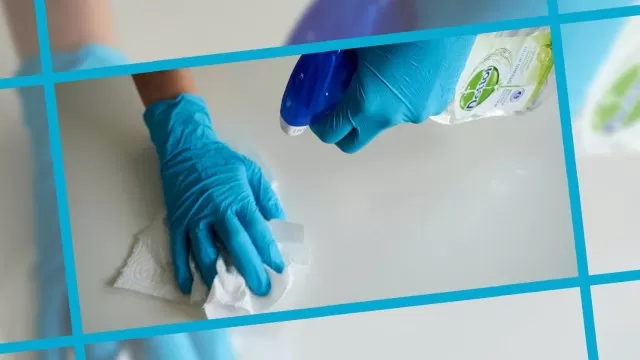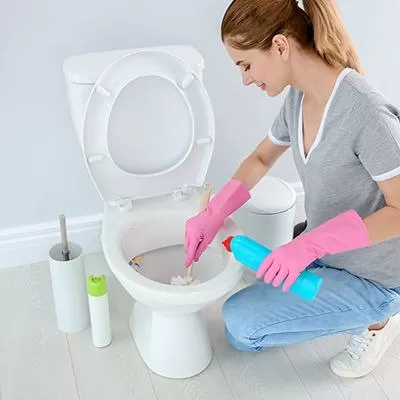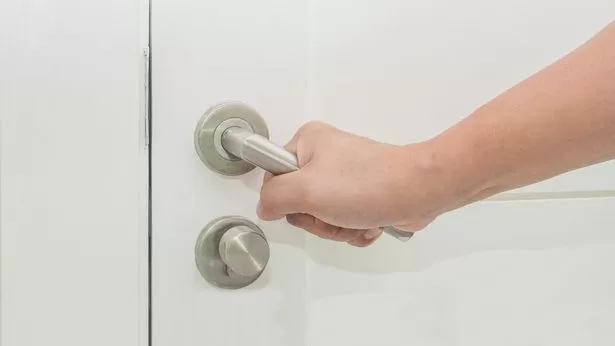While hand hygiene is crucial, don’t overlook the importance of sanitization frequently-touched surfaces in your home. Discover the key areas that require regular attention to effectively combat pathogens and maintain a clean and healthy living environment.
Essential Surfaces to Clean for a Germ-Free Home

Maintaining a clean and germ-free home is crucial, especially in times of heightened awareness about hygiene. Sanitization plays a vital role in reducing the risk of pathogen transmission and promoting a healthier living environment.
While handwashing is essential, it’s equally important to focus on the sanitization of various surfaces in your home. By paying attention to these specific areas and incorporating regular cleaning and disinfection practices, you can effectively minimize your exposure to pathogens.
In addition to frequently touched surfaces like doorknobs, phones, and drawer knobs, it’s also essential to sanitize commonly used items such as light switches, remote controls, countertops, and tabletops. High-touch surfaces in bathrooms, kitchens, and shared areas should receive special attention.
Moreover, remember to sanitize objects that are frequently handled, like keys, wallets, and electronic devices. Regularly cleaning and disinfecting these items can help reduce the risk of bringing germs into your home and minimize the potential for contamination.
By prioritizing proper sanitization practices, you can create a cleaner and healthier living environment for yourself and your family. It’s important to follow recommended guidelines for cleaning products and techniques, and to maintain consistent hygiene practices such as handwashing, respiratory etiquette, and regular cleaning schedules.
Remember, a comprehensive approach to hygiene that includes handwashing and surface sanitization is essential in minimizing the spread of germs and maintaining a safe and healthy home.
Keep Doorknobs Germ-Free
Doorknobs are frequently touched surfaces that can harbor a significant amount of germs and bacteria. Cleaning and disinfecting them regularly is crucial in preventing the spread of viruses and maintaining a hygienic living environment. Here are some additional details on cleaning and disinfecting doorknobs:
- Choose appropriate cleaning agents: Alcohol-based wipes or solutions are effective for disinfecting doorknobs. Look for wipes or solutions that contain at least 70% isopropyl alcohol, as this concentration is known to be effective against a wide range of pathogens.
- Clean and disinfect regularly: Make it a routine to clean and disinfect doorknobs on a regular basis, especially in high-traffic areas or during times when illnesses are prevalent. Wipe down both sides of the doorknob, as well as the surrounding areas that are frequently touched.
- DIY disinfectant wipes: If you prefer to make your own disinfectant wipes, you can do so by combining isopropyl alcohol and paper towels. Moisten the paper towel with the alcohol, ensuring it is damp but not dripping, and use it to clean the doorknob thoroughly. Remember to use gloves or wash your hands afterward.
- Pay attention to other high-touch surfaces: In addition to doorknobs, consider regularly cleaning and disinfecting other frequently touched surfaces in your home, such as light switches, handrails, and countertops. These areas can also harbor germs and contribute to the spread of illnesses.
By incorporating these practices into your cleaning routine, you can significantly reduce the presence of germs and the potential transmission of viruses and bacteria within your home. Remember to follow the instructions provided by the cleaning agents you use and maintain good hand hygiene by washing your hands regularly with soap and water or using hand sanitization.
Maintain Clean Faucets and Sinks

Faucets and sinks are often overlooked when it comes to cleaning, yet they are heavily used and can harbor bacteria and viruses.
Include them in your daily cleaning routine, using a brush to scrub hard-to-reach areas and opting for a bathroom cleaner containing bleach if possible. Be cautious not to wipe your hands on your clothes during or after cleaning to avoid stains.
Don’t Forget Light Switches
Light switches are frequently touched throughout the day, making them potential sources of germs.
Incorporate cleaning light switches into your Daily Routine by using disinfectant wipes. If you use a light switch while handling food, be sure to wipe it down afterward to maintain a clean and hygienic environment.
Clean Drawer Knobs and Pulls

Drawer knobs and pulls in your kitchen or throughout your home can accumulate germs and bacteria.
Use a damp cloth and all-purpose cleaner to regularly wipe down these surfaces, ensuring that you maintain a clean and germ-free space. Don’t overlook other household drawers as well, as they can also harbor contaminants.
Remember, by prioritizing the cleaning and disinfection of these key surfaces, you can significantly reduce the risk of germ transmission and create a healthier living environment for you and your family.
By regularly sanitization drawer knobs and pulls, you can help prevent the buildup and transmission of germs and bacteria within your living space. Remember to follow the manufacturer’s instructions for both the cleaning agent and the specific material of the knobs and pulls to avoid any damage.
Additionally, it’s important to maintain good overall hygiene practices in your home, such as regular handwashing, cleaning frequently touched surfaces, and promoting good respiratory etiquette, to further reduce the risk of germ transmission and maintain a healthy living environment.
*The information is for reference only.